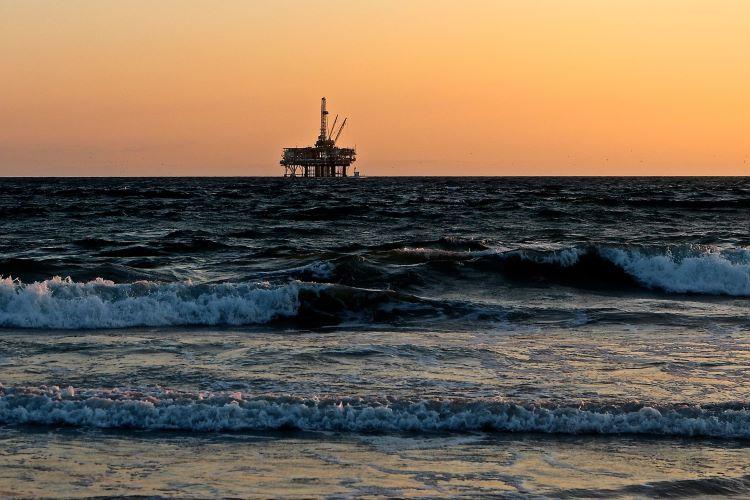
Oil & Gas firms face a myriad of operational, commercial, and existential threats, according to global technology intelligence firm ABI Research. Oil & Gas firms are turning to digitalization to combat these threats and will spend USD15.6 billion on digital technologies in 2030. Investments in digitalization can help to analyze a pipeline’s condition, prepare for fluctuations in the changing prices for oil and gas, as well as aid action plans to create more sustainable operations and transfer to producing renewable energy sources.
Safety and Security are top priorities for Oil & Gas operators. Data analytics allied with IoT platforms have become essential to identifying issues ahead of time such as pipeline degradation, wellhead performance, and pollution from gas flares. Increasingly, however, network security is rapidly becoming a concern for both the C-suite and Governments, research stated.
Spend on security services are forecast to increase by CAGR 8.1% from 2021 to 2030 and reach an annual spend of US$640 million at the end of the decade. Away from security, spend by Oil & Gas firms in 2030 on IoT devices and application platforms are forecast to top USD5 billion with data analytics spend approaching US$2 billion. “The effect of the cyber-attack on the Colonial Pipeline put the subject of securing oil and gas operations in sharp relief. The problem for firms is that even spending unlimited amounts to secure networks and assets will not provide 100 percent security as attackers only need one error to cause havoc,” points out Michael Larner, Industrial & Manufacturing Principal Analyst at ABI Research.
The technology supplier ecosystem looking to help operators meet the challenges includes oil and gas focused suppliers such as Schlumberger, Petro.ai, Kongsberg, Earth Science Analytics, and technology specialists such as ABB, AVEVA, AspenTech, Seeq, and Siemens; all of whom offer software to support operators’ subject matter experts.
The role of technology is evolving from helping Oil and Gas firms monitor their large, complex, and dangerous operations to helping them optimize their facilities to handle the volatility in their operating environments, research concludes.

 In
In
Add new comment